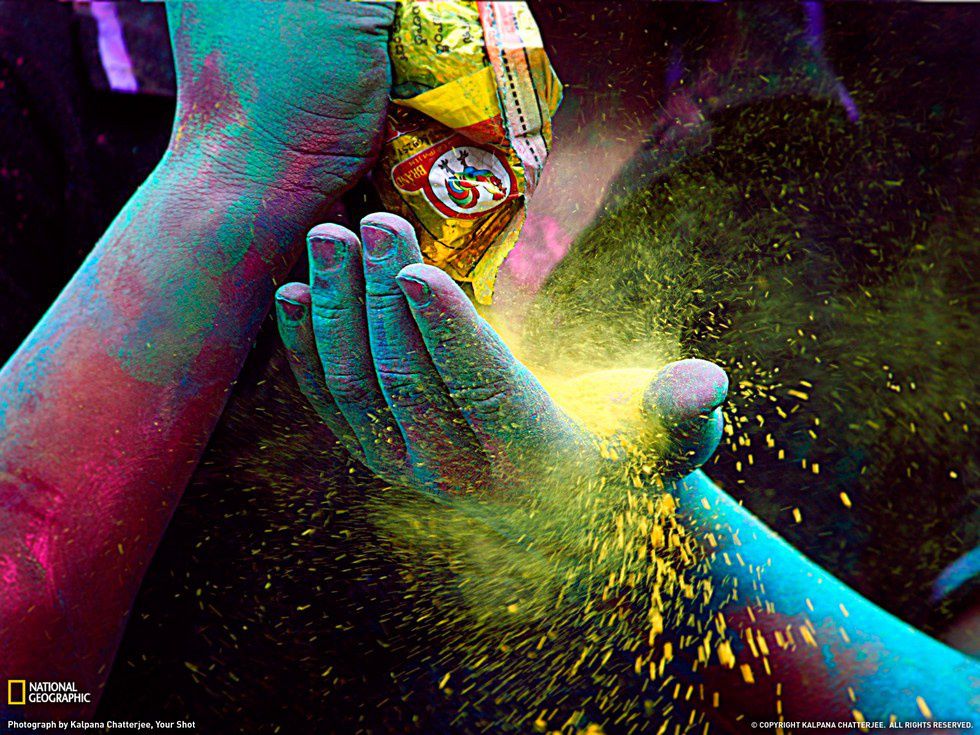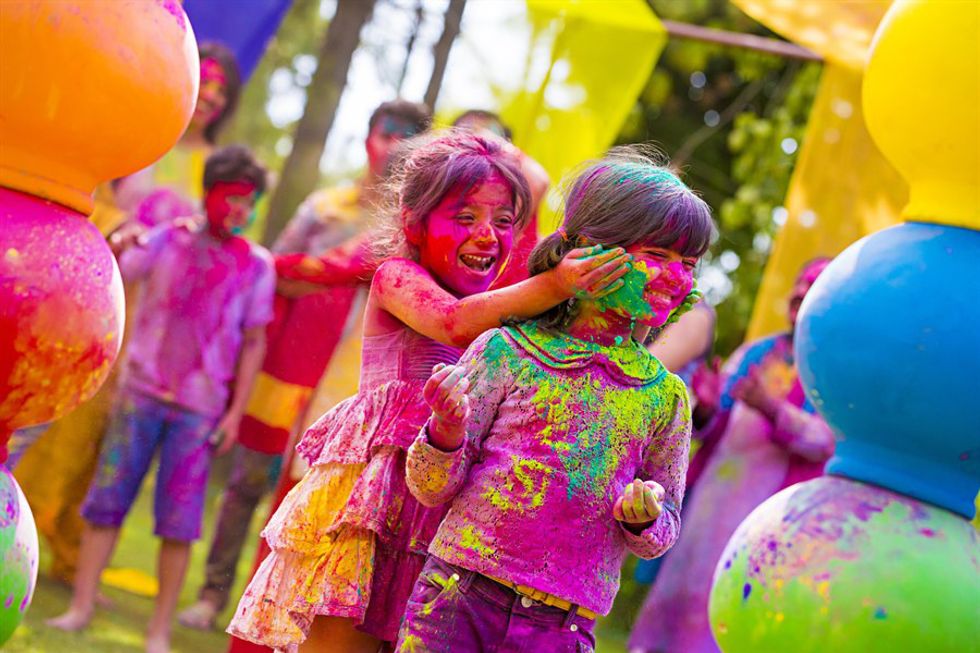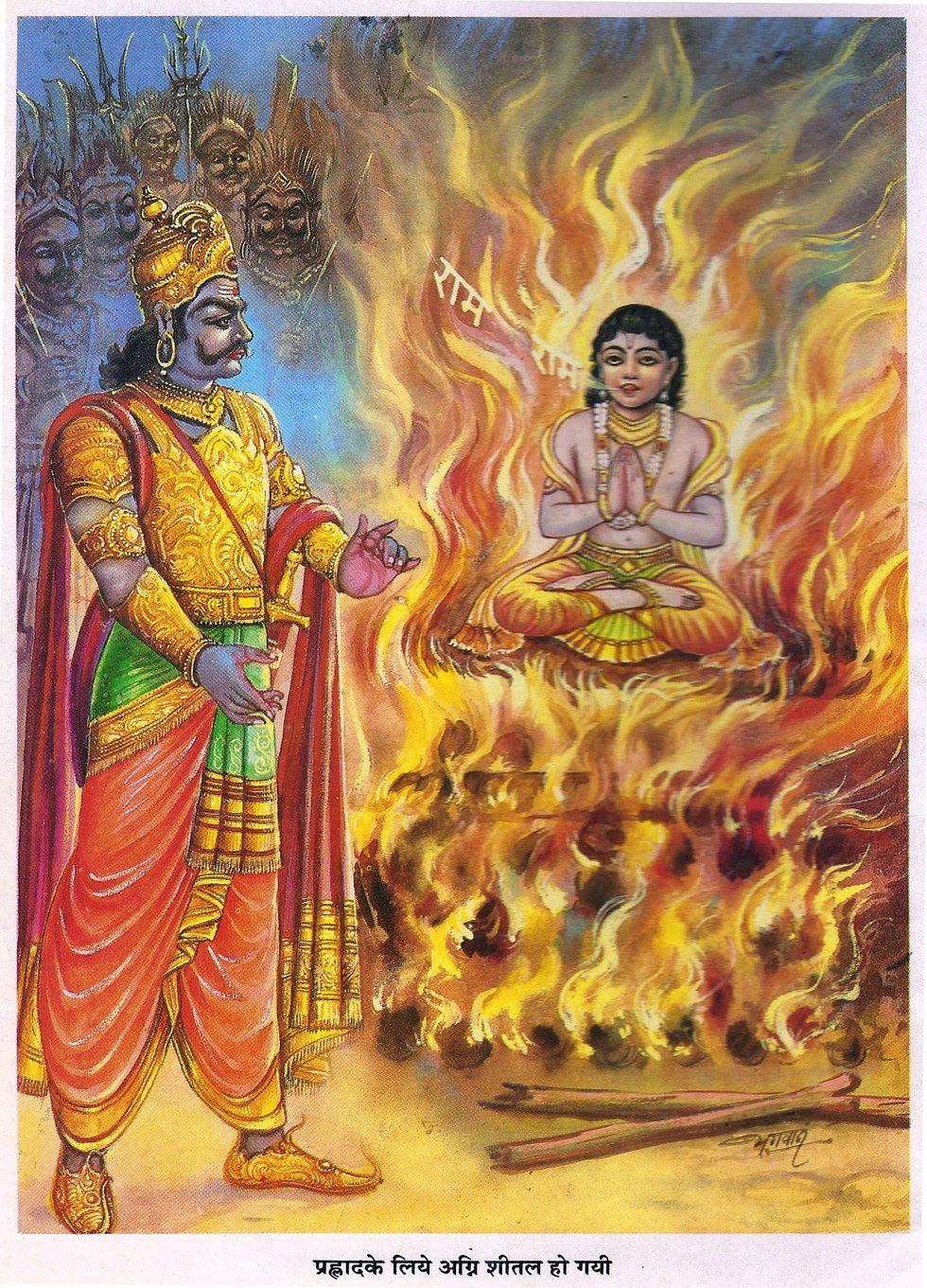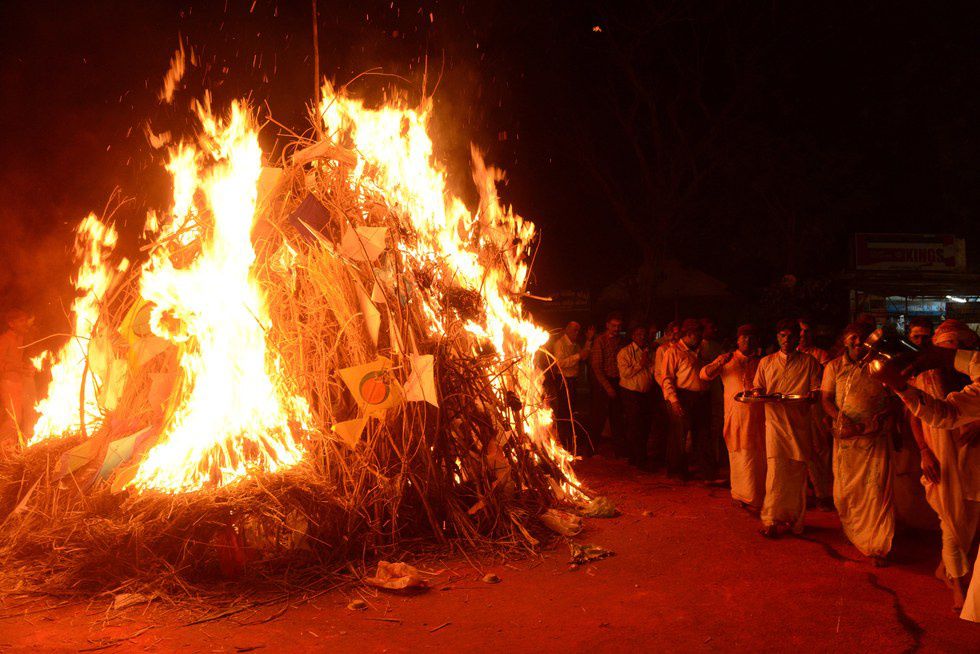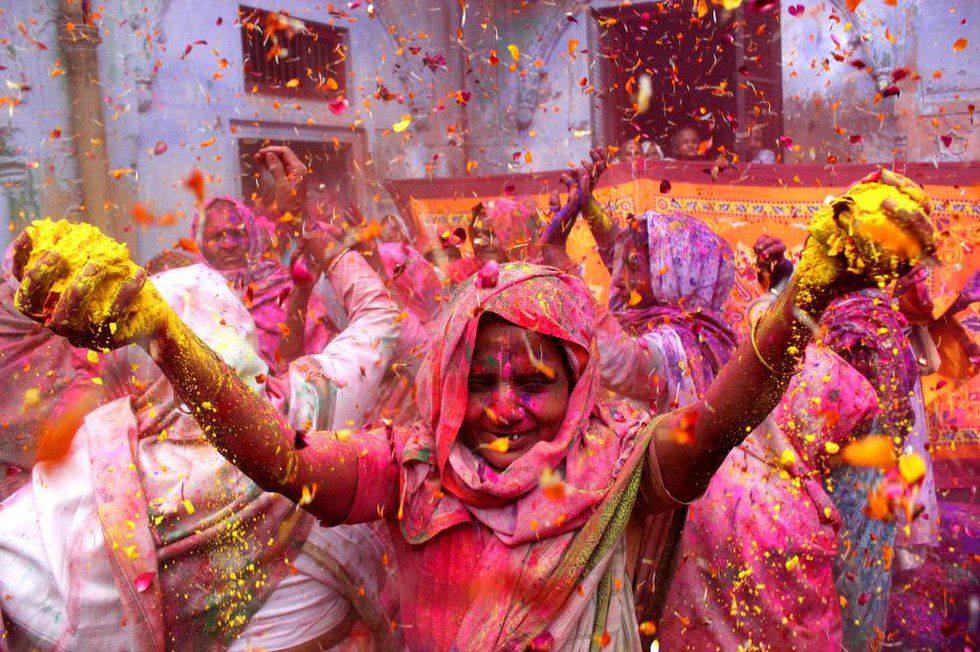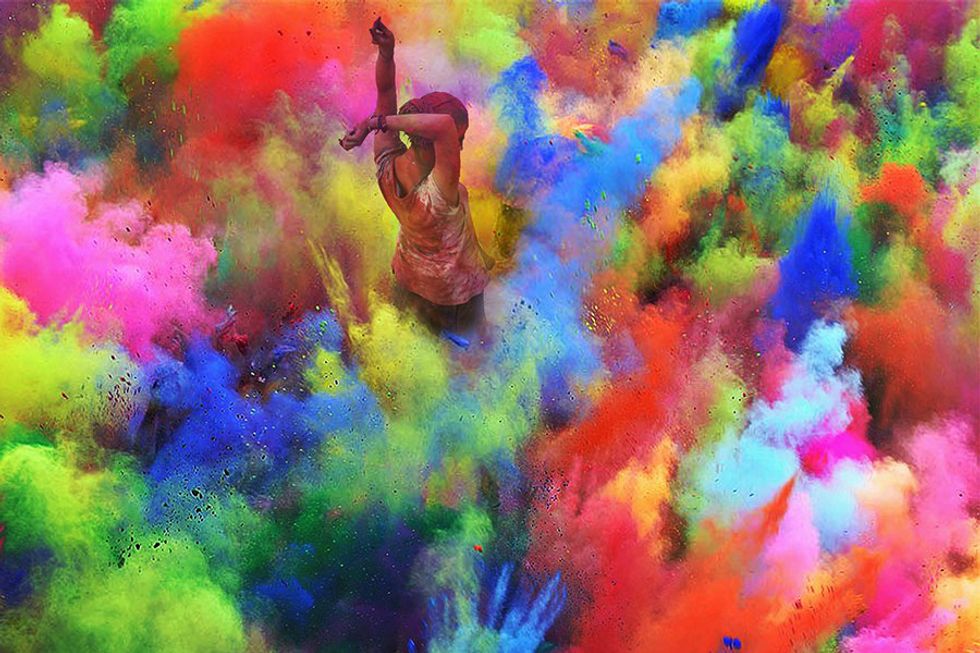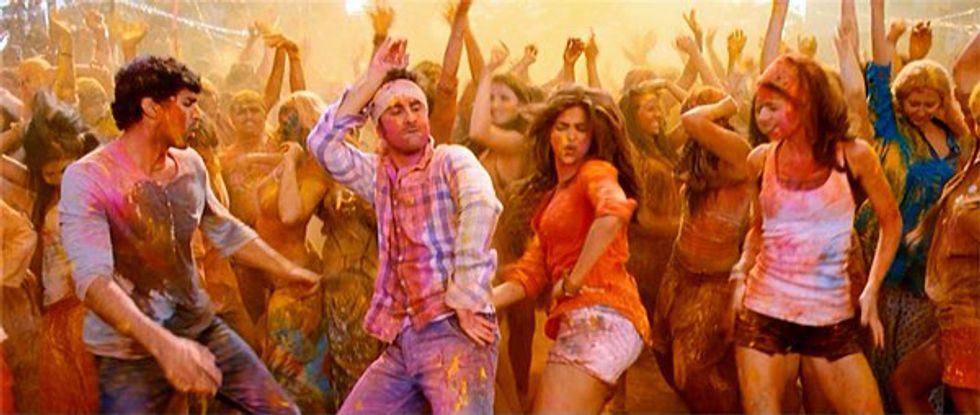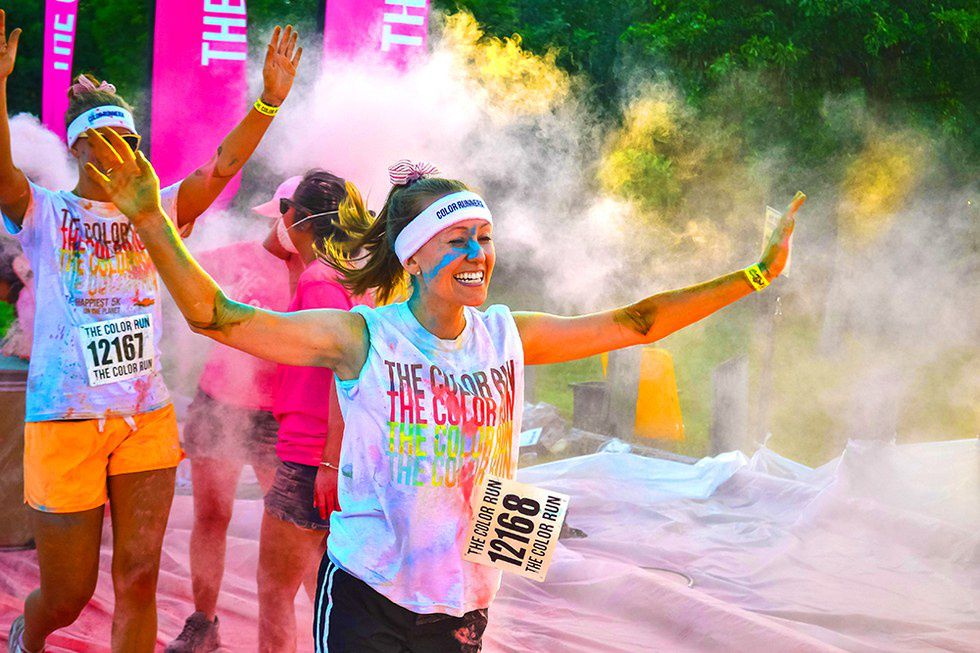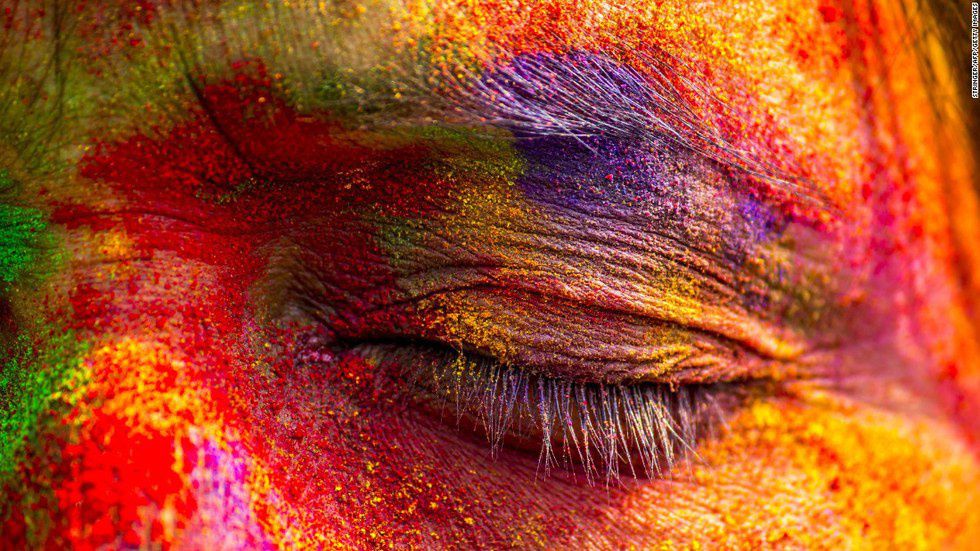It’s that time of year again. The flowers are blooming, the sun is shining, and the world is coming back to life!
Today, millions of people are gathering all over the world to participate in my favorite holiday, Holi, also known as the Festival of Colors.
1. What exactly is Holi?
Holi is an ancient Hindu festival that celebrates the arrival of spring and the victory of good over evil. During Holi, people hit the streets in their old white clothes and throw colored powder and spray colored water at each other.
2. When is Holi?
In the Indian lunar calendar, Holi falls on Phalgun Purnimã, which is always a full moon. Purnima means “full moon” in Sanskrit. In the Gregorian calendar, this can be anywhere between late February to late March. This year, Holi is around March 23rd.
3. How long is Holi?
The festival is actually two days long, which is quite short compared to other Hindu festivals (we party hard, guys). The actual day of Holi isn’t even on the full moon; it’s the day before. The second day is called Dhuleti, Fuldolotsav Purnimã, or Fuldol. And that’s when everyone gets real colorful. What happens on the first day? And where does the name ‘Holi’ even come from? That involves a little story-telling, so get comfortable.
4. Where does Holi come from?
If you ask different people from different parts of India, they’ll give you different answers. The story of Prahlad and his father Hiranyakashyap (I know, it’s a mouthful) is by far the most popular. Hiranyakashyap was a king and the gods had granted him a boon that made him virtually indestructible. As you can guess, all that power went to his head and he started proclaiming that he was God.
His son, Prahlad, wasn’t convinced and kept worshipping Lord Vishnu. Now, obviously, the king was pissed that his own son wasn’t recognizing him as God and did the natural thing that every parent does. He tried to kill his son.
After several failed attempts, Hiranyakashyap called his sister Holika for help. Holika had been gifted a sari that would prevent her from being burnt. He told Holika to trick Prahlad into sitting on her lap while she was on a pyre, thereby burning Prahlad, but not Holika.
So they did their thing. Holika wore her sari and sat with Prahlad on the pyre. Prahlad, however, kept chanting Lord Vishnu’s name and, lo and behold, Holika burned! No magic sari for evil!
On the first day of Holi (see where we got the name from?), a huge bonfire is lit to symbolize the burning of Holika and the victory of good over evil. People offer raw coconut and corn to the fire. In some parts of India, ashes from the bonfire are said to bring good luck.
And if you’re wondering what happened to Hiranyakashyap in the end, well let’s just say Lord Vishnu didn’t appreciate Hiranyakashyap’s actions and took care of him. Every boon has its loophole.
5. How is Holi celebrated?
Depending on which region of India you’re in, Holi can be celebrated quite differently. For example, in Punjab, Holi is actually celebrated a day early. In Manipur, Holi is six days long and is combined with the festival called Yaosang. All versions have colored powder, so you won’t miss out on that.
6. Does Holi have other names?
Also depending on where you are, Holi might not even be called Holi (although everyone knows what you’re talking about). In Gujarat, along with referring to it as Holi, it’s also called Dhuleti. In Maharashtra, Holi is also known as Shimga. In West Bengal, it’s called Dol Jatra or Dol Purnimã.
7. What's the actual celebration like in India?
People go all out when they celebrate Holi. The streets of India during Holi cannot be compared to anything else in the world. It sort of feels like everyone has gone back to being little kids again. Everyone’s running around, people are throwing colors at random strangers on the street, music is playing, people are laughing, and there’s food everywhere. There aren’t any expectations or rules. It’s just a day where people get to revel in the arrival of spring and celebrate the good in the world.
8. What has Holi influenced?
Things like The Color Run and Color Me Rad have been inspired by Holi.
10. Who can celebrate Holi?
I’m assuming you know or have guessed that anyone can celebrate Holi, since you've gotten this far. Many believe that Holi has become secularized from its Hindu origins and that the festival has lost meaning because of it -- and I have to partially agree with that. I’ve seen high schools put on dances, calling them "Holi parties" without any regard to where the practice came from and what it means. But that doesn’t mean you shouldn’t have a party with colored powder. Just don’t call it Holi. Colored powder is colored powder. But when you associate it with Holi, there’s a whole spiritual meaning behind it. Organizations like the Color Run aren’t trying to pass off their events as Holi. It’s just an event that happens to also have colored powder.
It doesn’t matter who you are or where you came from, go celebrate Holi. In India, the festival has historically looked past your caste and welcomed everyone. And though the caste system is no longer in effect (legally, but that’s another story), Holi still manages to bring all sorts of people together regardless of race, gender, sexuality, class etc. So go check out the plans for Holi from your college’s Indian Culture Clubs or local community center, or even the local Hindu temples.
When you celebrate Holi, remember that it’s not just about the colors. It’s about goodness and faith. And remember that there’s a whole civilization’s worth of history behind the celebration. And above all, have fun.
Happy Holi, everyone!





